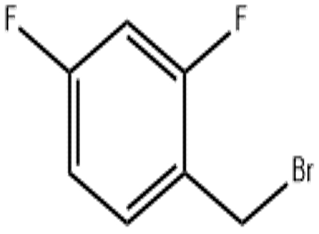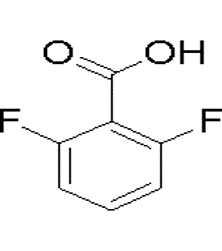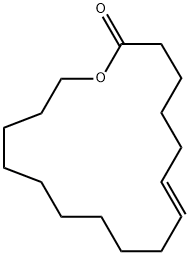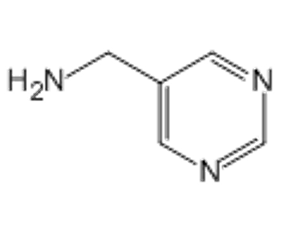2 4-Difluorobenzyl bromide(CAS# 23915-07-3)
| Risk Codes | R10 – Flammable R34 – Causes burns R42/43 – May cause sensitization by inhalation and skin contact. R36 – Irritating to the eyes |
| Safety Description | S23 – Do not breathe vapour. S26 – In case of contact with eyes, rinse immediately with plenty of water and seek medical advice. S36/37/39 – Wear suitable protective clothing, gloves and eye/face protection. S45 – In case of accident or if you feel unwell, seek medical advice immediately (show the label whenever possible.) S25 – Avoid contact with eyes. S16 – Keep away from sources of ignition. |
| UN IDs | UN 2920 8/PG 2 |
| WGK Germany | 3 |
| HS Code | 29039990 |
| Hazard Note | Corrosive/Lachrymatory |
| Hazard Class | 8 |
| Packing Group | III |
Introduction
2,4-difluorobenzylbromide is an organic compound with the chemical formula C7H5BrF2. It is a colorless liquid with a strong odor. The following is a description of some of the properties, uses, methods and safety information of 2,4-difluorobenzylbromide:
Nature:
-Appearance: 2,4-difluorobenzylbromide is a colorless liquid.
-Solubility: It can be soluble with organic solvents, such as ethanol, chloroform and dimethylformamide.
Use:
-2,4-difluorobenzylbromide can be used as an intermediate in organic synthesis and used in the synthesis of other compounds.
-It can also be used as a raw material in the field of pesticides and pharmaceuticals.
Method:
-2,4-difluorobenzylbromide is usually prepared by reacting 2,4-difluorobenzoic acid with bromine.
-The specific preparation method can adjust the reaction conditions and reagents used as needed.
Safety Information:
- 2,4-difluorobenzylbromide is irritating and requires attention to protective measures such as wearing gloves and protective clothing.
-Avoid inhalation, contact with skin and eyes during use.
-In case of accidental inhalation or accidental contact, the affected person should be quickly moved to a fresh air and treated with medical attention.
-When storing, keep 2,4-difluorobenzylbromide away from fire and oxidant to avoid the risk of fire and explosion.







